By John D. Sutter
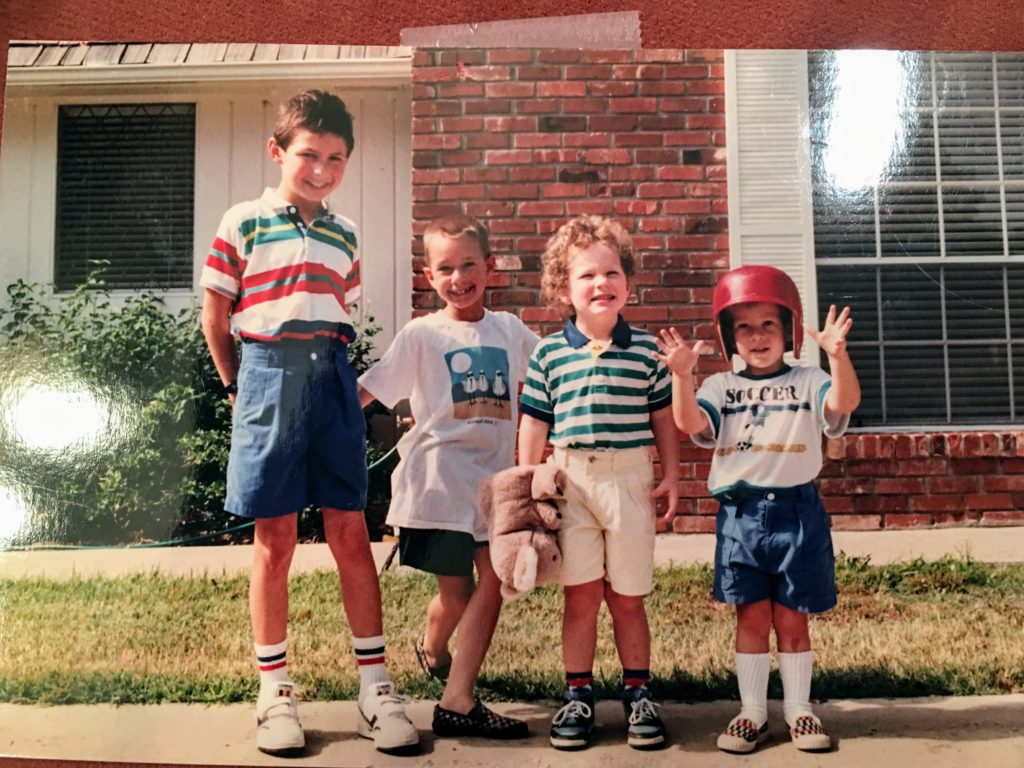
There’s a simple problem at the heart of the climate crisis: We don’t live long enough to really feel it. Academics call this “generational amnesia” or “shifting baseline syndrome.” The Earth operates on a timeframe of centuries and millennia. We humans are here for just a few decades. That makes it hard for us to truly internalize — or remember— what’s happening.
I’ve been a journalist working on climate for more than a decade, and this little blind spot in human psychology has come to fascinate me. I’m now working with a grant from the National Geographic Society to develop a documentary series called “Baseline” that aims to be a sort of antidote. We’re filming intimate portraits of several communities on the frontlines of the climate crisis and then committing to revisit them every five years until 2050.
The result, I hope, will be an unprecedented documentation of the human climate saga. The model is based, with permission, on the “Seven Up!” documentary series, in which filmmaker Michael Apted interviewed with 7-year-old children in the 1960s and then went back to talk with those same people every seven years. Those “kids” are now in their 60s.
Memory can be viewed as a form of resistance, and I’ve started to see that home movies and photo albums have an important play in the creation of multi-generational environmental memory. One of my influences in this regard is Loren McClenachan, a professor at Colby College. As part of her PhD research, McClenachan dug through photo archives in the public library in Key West, Florida, looking for any evidence of environmental change. She found images of trophy fish that were photographed on one dock between the 1950s and now. The photos tell the story of overfishing. In the 50s, the fish are taller than humans. Now, they’re the size of a forearm. The fishermen, she points out, are smiling just the same now as then. They haven’t noticed this massive change in the ocean. They’re just happen to catch a fish.
On a recent visit to Shishmaref, Alaska, near the Arctic Circle, I asked people about their own photos and videos. My hunch is that these images will reveal volumes about the incremental change happening there. The permafrost in that coastal community is thawing. Land has been falling away in massive chunks. One house fell off the edge of the land and into the sea several years ago. The village is developing a plan to expand inland, to safer ground. In this and other climate frontline communities, family photos and videos can help fight the climate crisis.
My own motivation for this work comes in part from intellectual curiosity about collective memory and how stories are passed between generations. Climate is truly a multi-generational saga, and I’m searching for a storytelling form that truly will reflect that. My interest also comes from my family story. My grandparents lived in western Oklahoma during the Dust Bowl, when farmers over-plowed the land, causing the Earth to turn against them and leading hundreds of thousands of people to migrate west to California. My grandparents, who stayed in Oklahoma, are gone now, but I keep their 100-year-old stories with me as I work on “Baseline.”
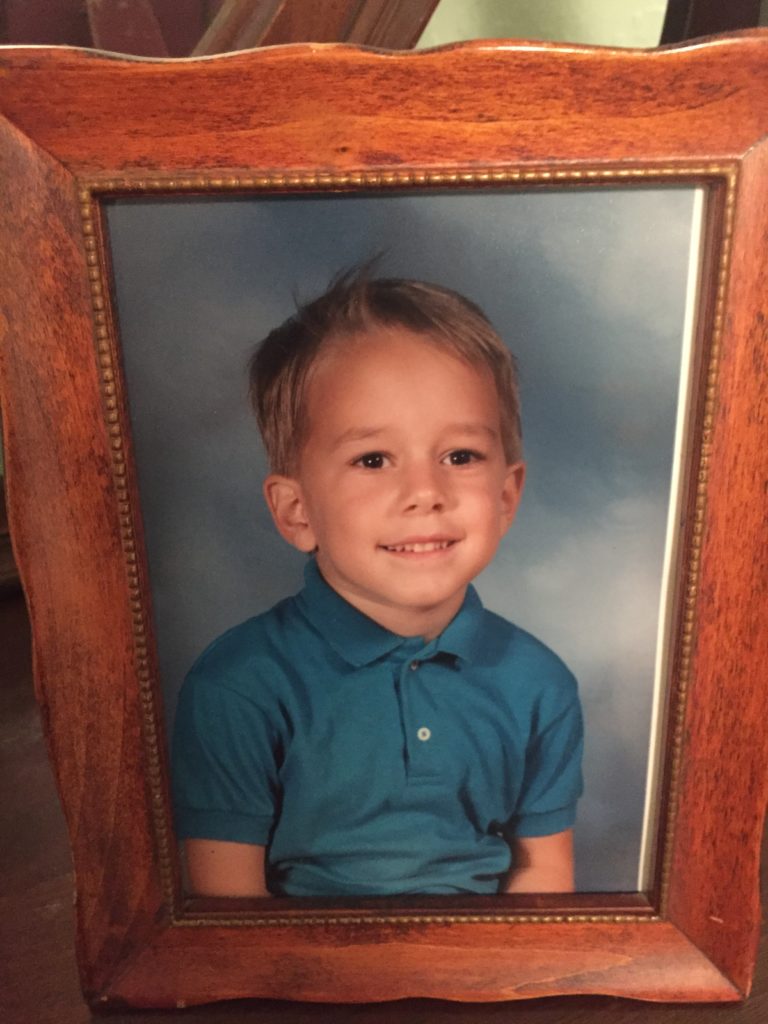
John D. Sutter is a National Geographic Explorer and CNN climate analyst. He is director of the forthcoming “Baseline” series, which aims to tell the story of the climate crisis beyond the scope of a human generation. You can sign up for his newsletter here. He lives in Atlanta, GA.

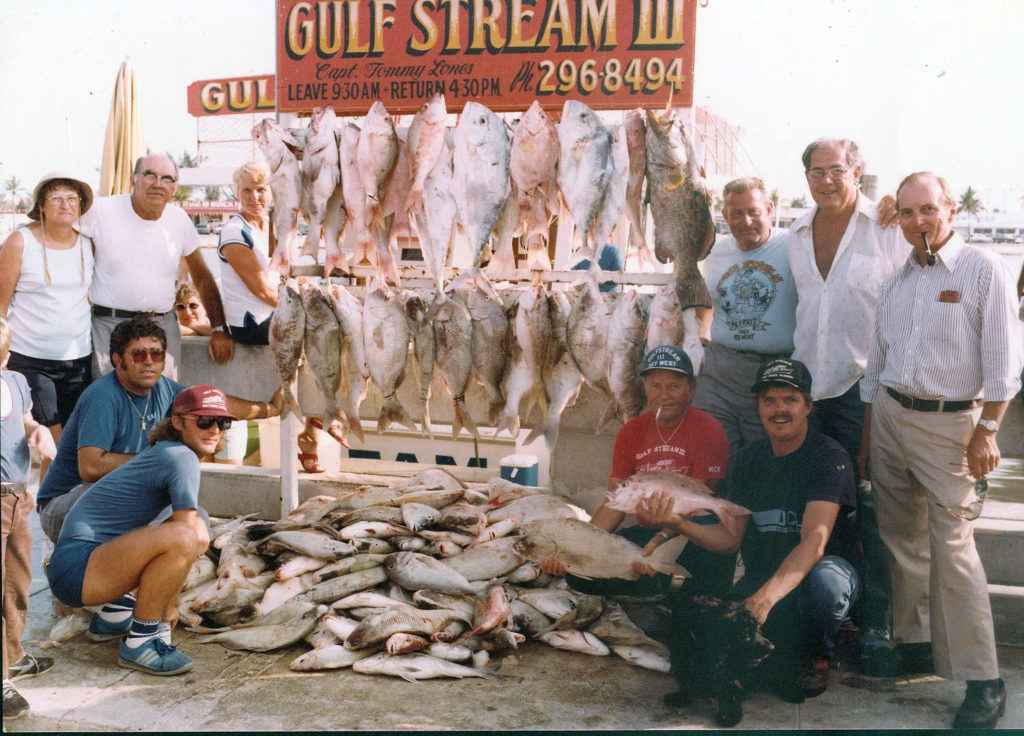
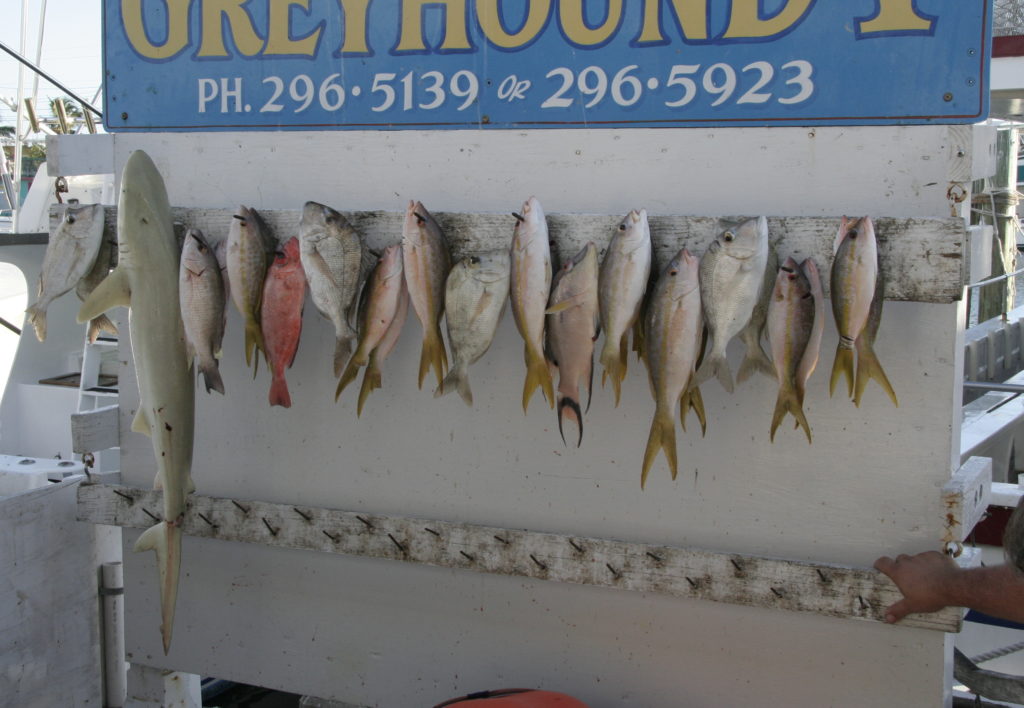
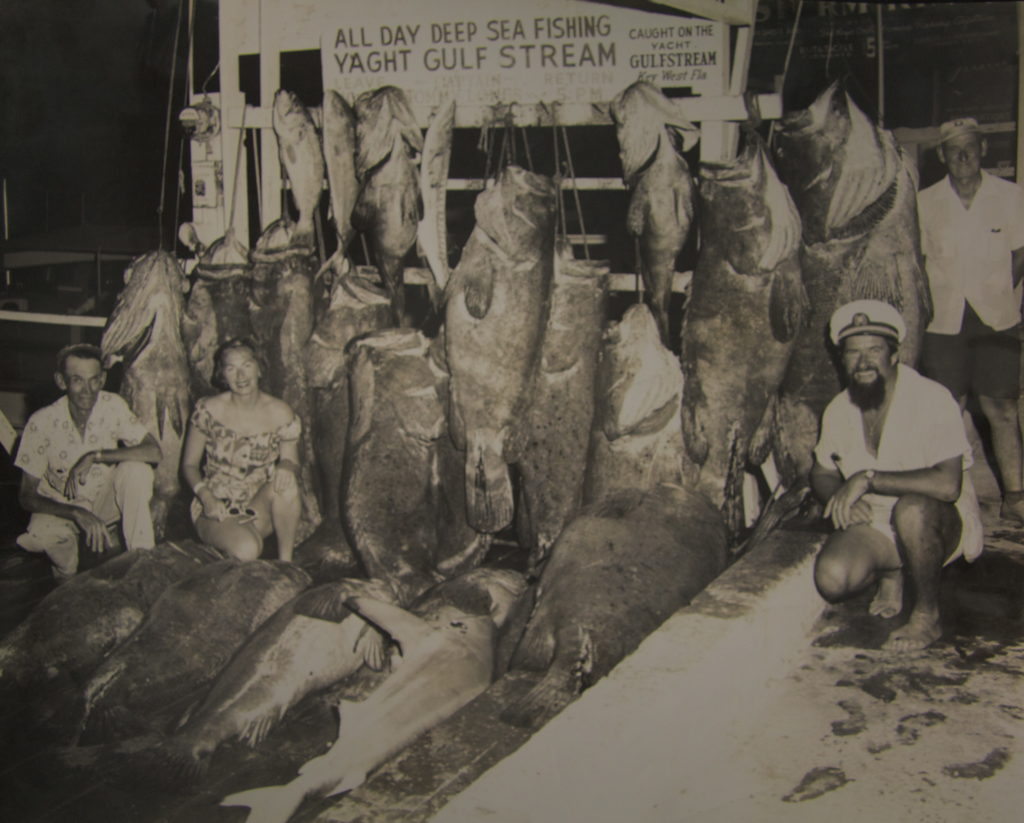

No comments yet.